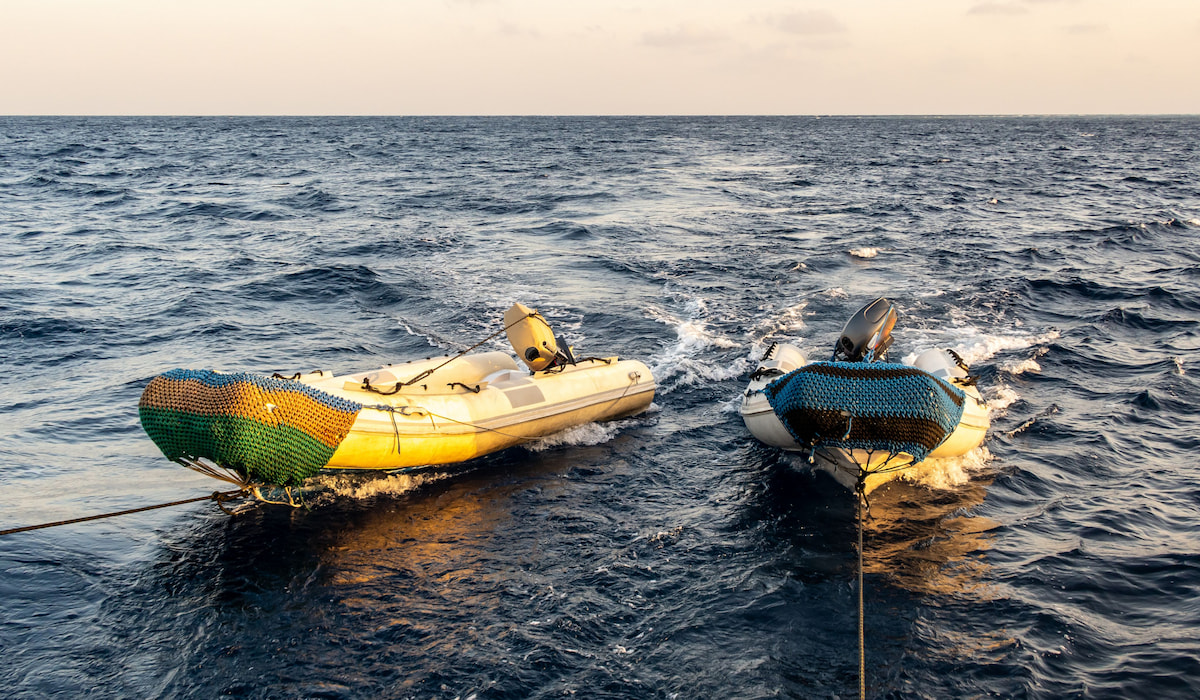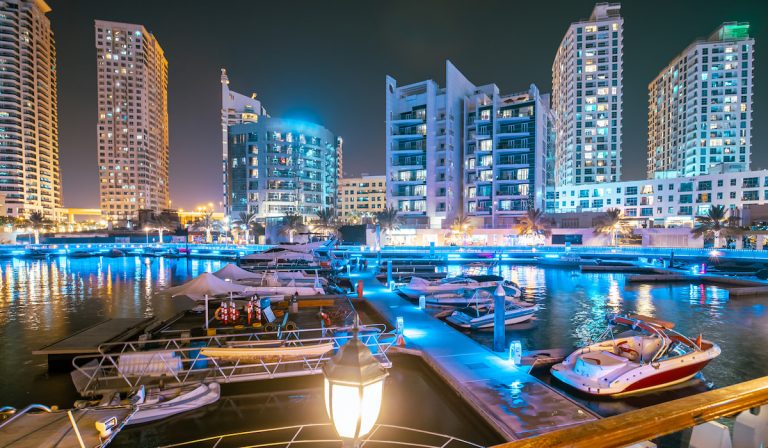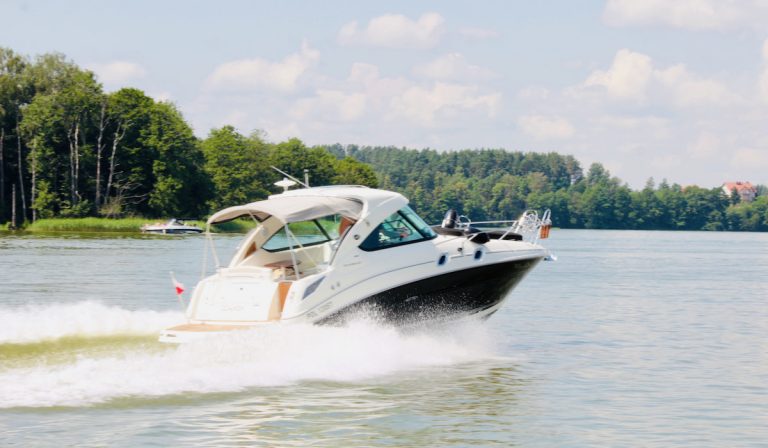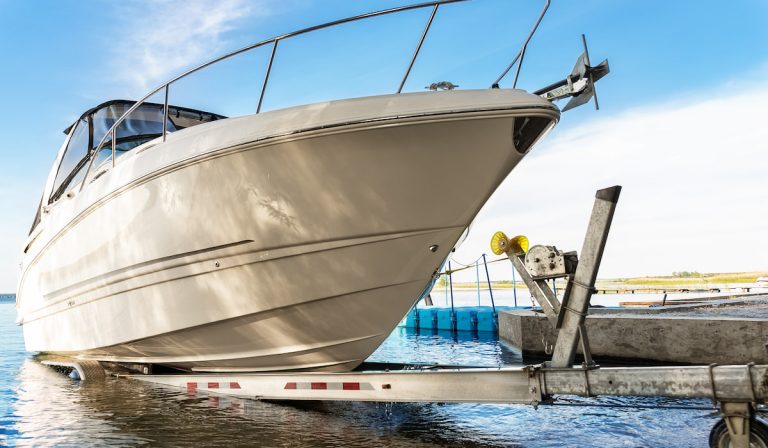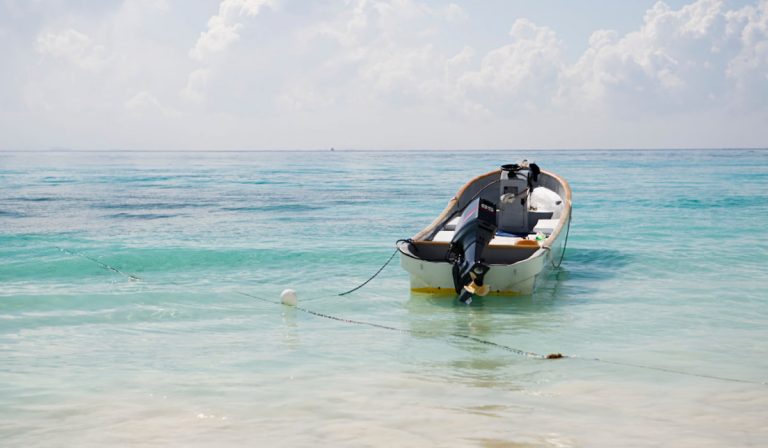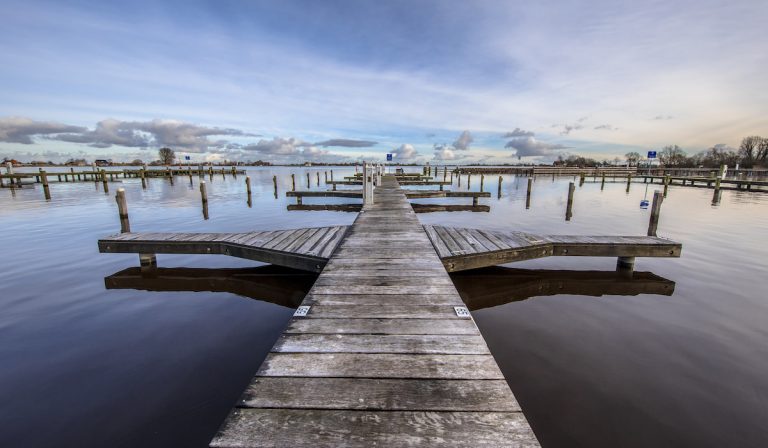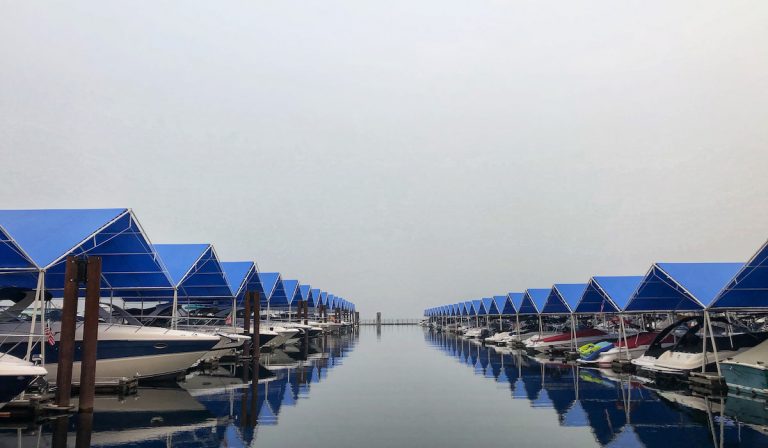Complete Guide to Towing Your Dinghy
Dinghies are great. They make getting to shore for supply runs and ferrying people back and forth to your boat so much easier. Plenty of boaters remember the first time, as a child, they got to steer a boat. Most of the time, it was on a dinghy.
If you’ve got a davit, good for you! They are amazing and make things so much easier. Other boats, though, have to tow their dinghies to take them around.
Of course, anytime you’re cruising, your dinghy should be securely stowed. Whenever you’re making a long journey, you don’t want to have your dinghy bouncing behind you dragging your boat.
But what about for shorter distances when you don’t want to go through the trouble of stowing it because you know you’re going to need it right again once you move a bit? Towing is sometimes the better option, but you need to do it right to make sure your dinghy stays in good condition and everyone involved remains safe.
We’ve put together this easy guide to towing your dinghy to help you save time and get through those moments when towing is a possibility.

Make Sure It’s Legal to Tow
The first thing you should do anytime you’re boating or attempting to tow something is to find out if it’s legal to tow your tender. Some waterways severely restrict towing of any sort, so you could be fined or get into some other sort of trouble if the authorities spot you towing your dinghy behind your boat.
All you have to do is check online to make sure. If you can’t find the information, you can always call the local authorities to double-check. If you don’t get any clear answers, odds are it’s not going to be an issue.
Make Sure the Dinghy Is Empty Before You Tow
It doesn’t matter how calm the waters are or how short the distance is, your dinghy should be empty whenever you tow it. Take out any paddles, life vests, ropes, coolers, and onboard them to make things safer. Sometimes engines can’t be removed, so tilt it up so the lower part is out of the water.
If your dinghy has an external fuel tank, take that out too. You never know how the dinghy is going to react bouncing around behind your boat, so remove everything just to be safe. The vessel will also be lighter and easier to tow through the water.
Using the Right Gear
If you own a hard-bottomed dinghy that moves through the water with a great deal of stability, and the distance is short, you may be able to get away with tying a single line from your boat to the dinghy. However, just to be safe, we always recommend using a bridle for maximum security.
Your dinghy likely has two D-rings on its bow. That’s where you’re going to connect your lines.
Here’s how you should tie on:
- Attach the ends of your line through the D-rings and make a triangle with the rope that extends a few feet beyond the bow in the direction of your boat.
- Move the bridle (the triangle) through a bowline close to the end of the tow line. This allows for some slippage in the line so the bridle can move as the dinghy’s weight inevitably shifts as you’re towing it. If you can, you can use a small block to stop the ropes from brushing up against each other as they move and it will avoid any sort of chafing.
Now, repeat the same configuration on the towing boat and do what you can do to keep the bridle out of the water. Some people use floats and others attach the bridle to deck cleats.
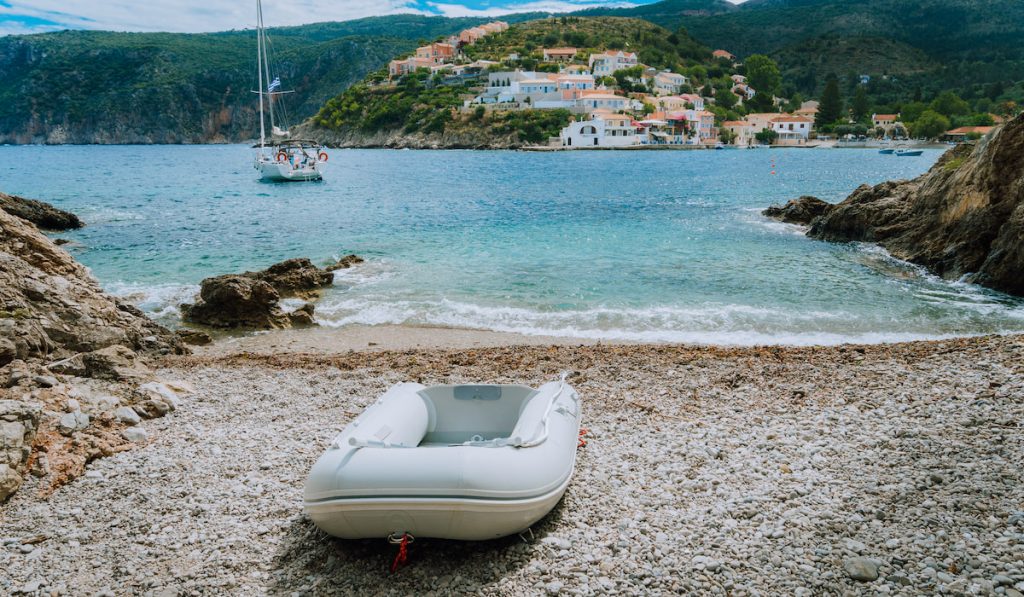
How to Tow Your Dinghy
Once the lines are attached and secure, now you can shift your focus to moving your dinghy through the water efficiently and safely. Your dinghy is going to be moving around a lot as you tow it, so you need to look back frequently to check on it.
Better yet, have someone else on your boat monitoring it constantly so they can let you know if it’s trying to flip or moving around erratically.
One of the most important things you’ll want to do is go slowly enough so that your dinghy doesn’t start taking on water. If water starts to get inside the dinghy, it’s going to be a major drag on your mother ship’s engine.
It can also make it easier for the dinghy to flip, and then you’ll have to stop moving and address the issue before you move on. This is something to certainly consider, especially if there are decent-sized waves where you are or it’s raining at the time. Just a bit of water in the bottom of your dinghy will make a big difference in how hard your boat has to work to tow it.
Of course, the worst-case scenario is if your line breaks under the drag of water weight in your dinghy and you lose connection. Depending on where you are and how many boats are in the vicinity, this can be a major pain.
Take Things Slowly
The best thing you can do is take things slowly and keep an eye on your dinghy as you move through the water. You don’t want your dinghy to flip over, of course, but you also don’t want to be that person that’s dragging a dinghy behind you that’s flying through the air!
Towing of any sort should be done slowly and cautiously. Pay attention to local weather conditions and other boats around you. Go slow!
Remember, only tow your dinghy short distances at low speeds. If you’re going a fair distance or you are in a rush to get somewhere, then take the time and put in the effort to properly store your vessel. You’ll have peace of mind knowing you can move faster and there is a smaller risk of your dinghy getting damaged or left behind.

